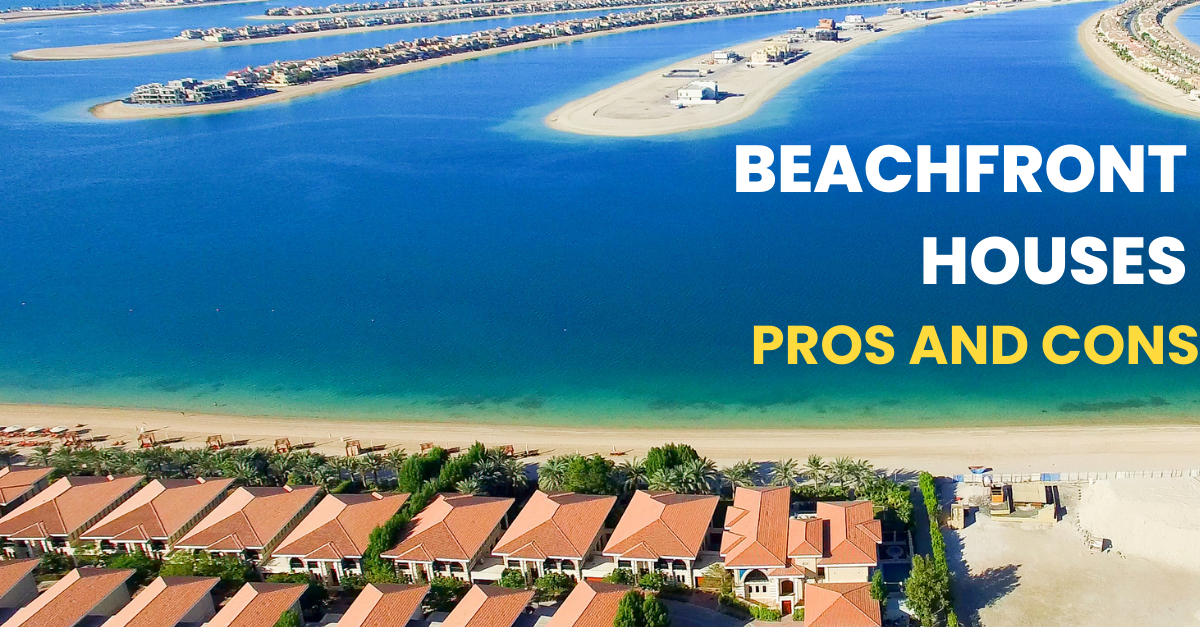The rise of co-living spaces
Whether a panacea for low budgets & lack of affordable housing in trying times or a cure for loneliness, co-living is gaining credence as an alternative form of residential development
Rapid urbanization poses some obvious challenges to the established models of urban residential developments. Super tall structures, multi-purpose public spaces and smart services are some of the solutions being advanced to ensure that the needs of large populations are met sustainably. However, promoting lifestyles built around minimalism and the sharing economy will need to be included as part of this conversation. One such approach that is currently attracting attention as a possible solution is co-living.
While communal living can often invoke images of student or backpacker hostels, the term co-living can be applied to several other variations of the general principle. Technically, the term covers any arrangement involving the sharing of resources between multiple smaller private spaces, within proximity of each other. With several young millennials endorsing the idea, co-living has also found ardent patrons in professionals, with its offer of an upscale lifestyle at a relatively modest price. The concept is paving the way for a new asset class in real estate investing as co-living often presents the first investment opportunity for young professionals to enter the real estate market.
Reviving an ancient approach
While the term ‘co-living’ is a recent one, the communal habitation approach is one of the oldest strategies that human communities has historically used. Human beings have lived in close-knit groups sharing common resources since before the dawn of civilisation. Today co-living has evolved from its age-old roots into an alternate form of residential development – a necessity for some, a trendy way of life for others and a booming business for entrepreneurs.
A simple definition of co-living is a group of people who are not part of the same family that choose to share a living space. While a few people together are roommates and many of them together is a dorm, co-living occupies a space somewhere in between, involving a third party to manage and operate those communal spaces. At co-living buildings, tenants typically lease smaller rooms in larger apartments, shared with strangers. Renters have access to living rooms, kitchens and other common spaces, while amenities like cleaning services, dog walking and cooking classes etc. are part of the deal.
Top reasons for the growing popularity of co-living spaces
The growth in co-living residential developments is a recent phenomenon born of several factors not limited to rapid urbanisation, economic upheavals, the rise of the sharing economy and also a coming-of-age of consumerism. But a key driver is the millennial population – a mobile generation of young people who demand flexibility, openness and collaboration; who are marrying later; aspire to a better lifestyle and exist at a time when housing is scarce, and rents are skyrocketing. The concept is also experiencing increased popularity among professionals, both young and old, as an alternate means of comfortable and affordable housing, often in the heart of the city and close to their workplaces.
While co-living most often is a solution to financial or economic distress, there are other factors drawing people to the co-living concept. For example, some of the dorm-style housing being developed by start-ups in the co-living domain is aimed at creating a high-energy environment for professionals and singles and a diverse variety of people to come together as a community. By reimagining the concept, these ventures have created a longing among boarders to become ‘members’ of these high-energy communal spaces, often at a premium, which is in direct contrast to the original low-cost draw of co-living arrangements. But despite the premiums, and often a waitlist, there is a distinct attraction to live in these community spaces, especially for millennials seeking to be a part of ‘something’. (1)
Gemini Property Developers CEO Sunil Gomes points to another driver – the inherent flexibility of the co-living idea, which can be used to address a wide array of desired outcomes. From affordability to facilitating a lifestyle built on freelancing and travelling from one city to another, to a balance between privacy and community, shared housing serves multiple purposes.
A growing market
While accurate figures indicating the number of people currently living in such arrangements can be hard to find, growing numbers of investors and entrepreneurs are expressing an interest in supporting co-living startups. Companies like Open Door, HubHaus, WeLive, Roomrs and Common are some of the popular co-living developments that are catering to millennials moving to high-priced urban areas like New York and Sana Francisco. (2) The UN has also come out in active approval of co-living initiatives, and the prestigious Harvard Wheelwright architecture prize was awarded to one such project in 2016 (3).
In an interesting study, IKEA’s future-living lab – SPACE10 – teamed up with New York-based firm Anton & Irene to survey more than 7,000 people from around the world. While the goal was to find out how people would like to live in the future (2030), the findings around co-living were revealing. There was an expressed preference for smaller diverse communities ranging from 4-10 people, as well as for shared duties and shared resources like utilities, internet, gardens and workspaces. Privacy ranked high as a must-have; therefore sharing bedrooms or dorm style sleeping was not preferred. (4)
Sunil believes that the sharing economy has been in the making for a while now, and its growth is actually inevitable in a highly connected world where the consequences of personal excess are becoming apparent, and a mindset prioritising sustainable living is slowly but surely emerging. Sunil feels that while the approach might not find universal acceptance, a specialised market for quality co-Living developments is already growing at a rapid pace, especially with millennials and professionals.
Co-living as an option in Dubai
With the diversification of the UAE economy and the emergence of Dubai as a regional technological hub, young professionals are beginning to feature prominently in Dubai’s emerging demographics. The city’s developer community is also actively looking at what products it can bring forth to address the co-living market.
Far from being driven by the limitation of resources, most such developments aim to be modern and highly functional spaces and neighbourhoods featuring all modern conveniences and amenities within easy reach. The Dubai Silicon Oasis cluster has already incorporated elements of the approach within its co-living, and co-working spaces, and the Dubai Design District is also considering residential offerings that are looking to follow suit. Sunil believes that Dubai could set the template for high end, technology-enabled co-living solutions. In his opinion, Dubai’s inherent dynamism, its focus on smart city technologies and tech entrepreneurship, along with a growing global focus on the sharing economy, will be key drivers to see this alternative form of residential development take firm roots in the city in the near future.
- https://medium.com/nguyen/co-living-in-2018-a-rising-trend-of-intentional-downsizing-and-communal-living-3cbd18a43c35
- https://www.businessinsider.com/co-living-increasing-expensive-cities-old-concept-2018-9
- http://wheelwrightprize.org/wp-2016-press-release.pdf
- https://www.dezeen.com/2017/11/14/one-shared-house-2030-ikea-space10-lab-anton-irene-co-living-website-platform/




